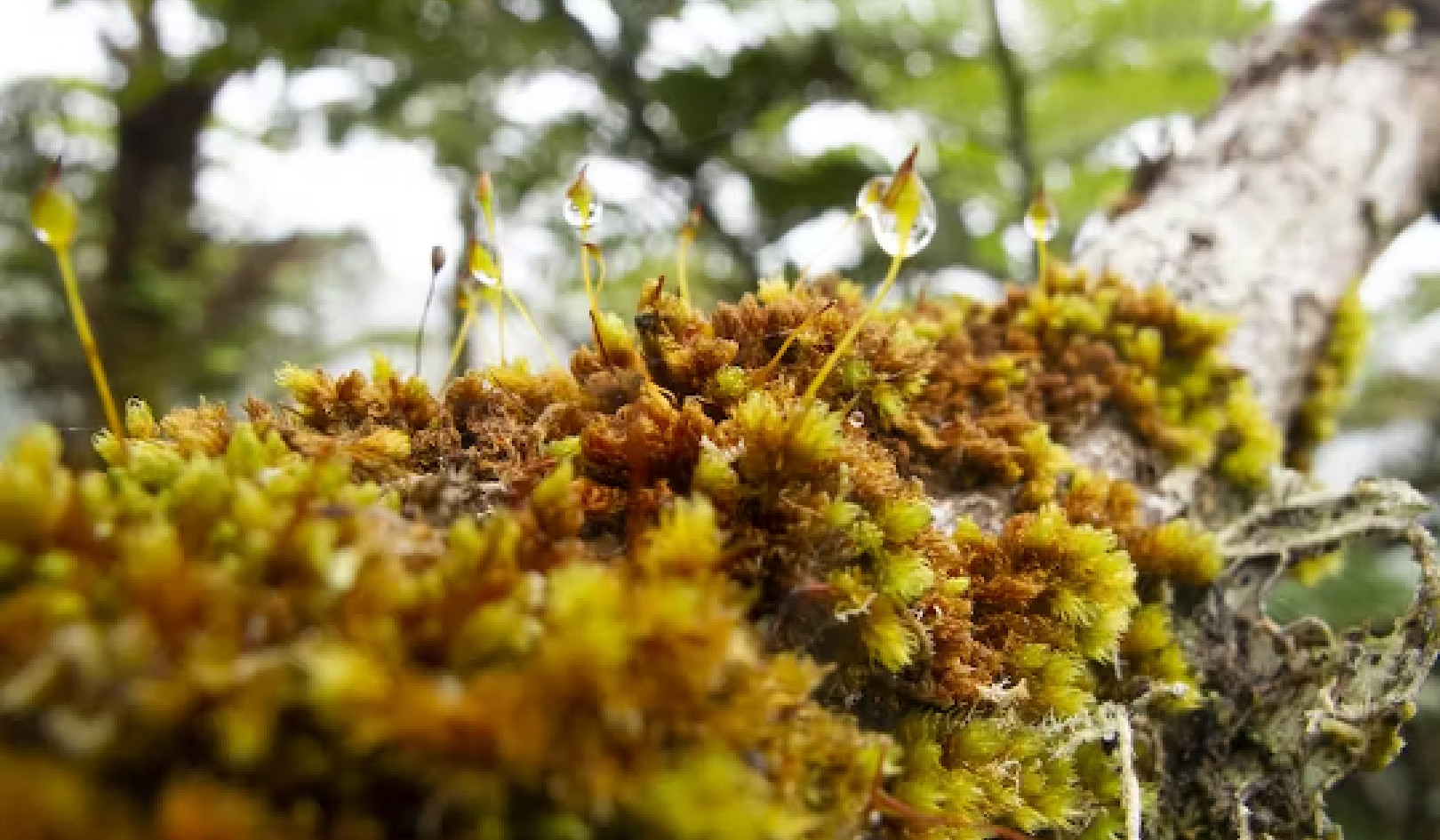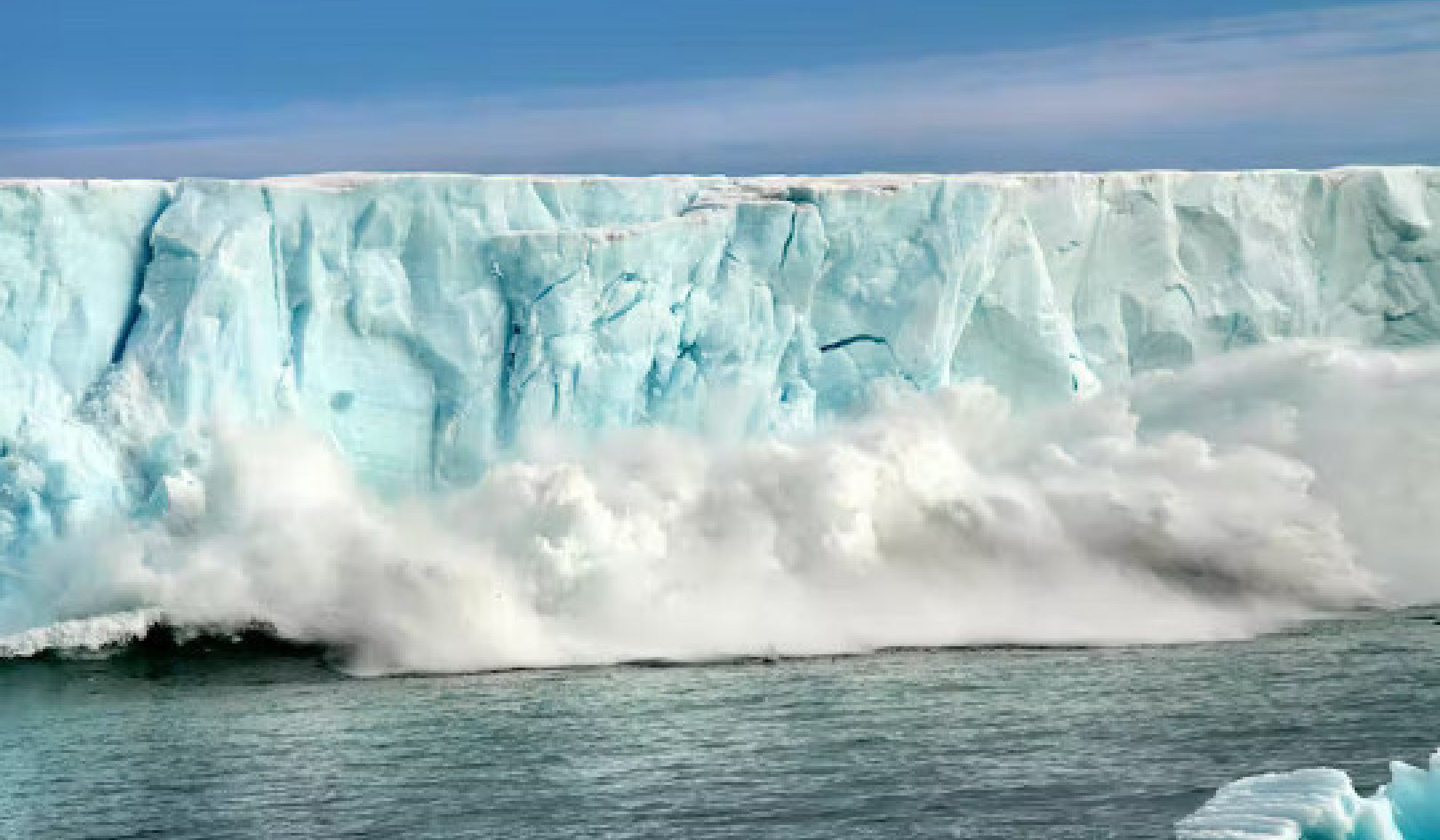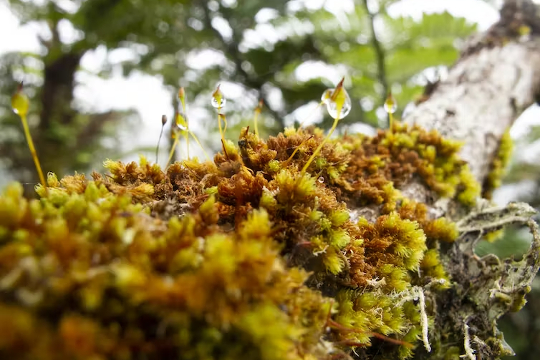
Macromitrium microstomum is found throughout New Zealand on the trunks or branches of smooth-barked trees, or on rock. Silvia Pressel, Author provided
When people consider extraordinary plants, most probably don’t spare a thought for moss. It blends in against the green background of plant life, and seems to grow everywhere – whether you want it to or not.
But this group of plants, which actually comprises between 12,000 and 15,000 species, is astonishing. Their almost unique resilience allows them to grow practically everywhere on Earth. They are helping scientists understand the evolution of life, and are one of the most ancient plant groups alive today.
A recent study by an Australian research team found that mosses are the lifeblood of habitats around the world, with plants and soil in better shape almost everywhere they grow.
Despite their importance, mosses are often overlooked due to their diminutive size. The smallest mosses, known as micromosses, measure only a few millimetres in length. Even the largest moss, Dawsonia superba, a species native to Australia, New Zealand and the Pacific Islands, only reaches heights of up to 50cm – a giant among mosses, yet still smaller than the average houseplant.
But in fact, mosses help hold up entire ecosystems.
Drivers of critical ecosystem services
The contributions of mosses to the structure and function of modern ecosystems is often overlooked, lagging behind our understanding of more complex plants. The Australian study examined mosses’ relationship to their habitats in detail, and found they are critical to soil health.
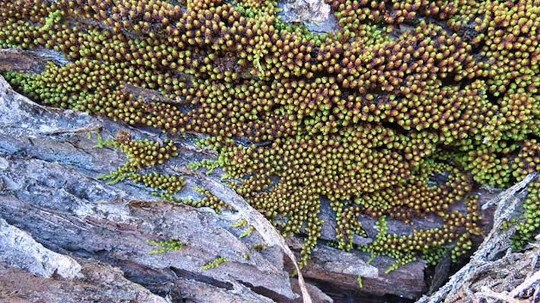
Macromitrium urceolatum, found predominantly in Southern hemisphere. Silvia Pressel, Author provided
The researchers collected moss samples from ecosystems around the globe – from tropical rainforest to polar landscapes through to arid deserts. Combining their findings from these samples with an analysis of previous research, their results showed that mosses are key players in every habitat in which they are found. Mosses store huge amounts of carbon, help the soil nutrient cycle, and also the decomposition of organic matter.
Mosses can even come to the rescue in disturbed ecosystems. Research examining the area around the Mount St. Helens volcano following a devastating eruption in the early 1980s found mosses were among the first forms of life to reappear.
Some types of moss, including the Sphagnum species, absorb and hold water in their tissues. This regulates water flow in the area, preventing flooding and creating peatland habitats which are home to rare plants and animals.
Mosses also provide unique habitats for microscopic life. Tardigrades, eight-legged micro-animals, are also known as moss piglets or bears of moss, thanks to their habit of clambering through moss “jungles” in search of their next meal. Moss piglets are nearly indestructible and can even survive in outer space, by entering a death-like state called cryptobiosis.
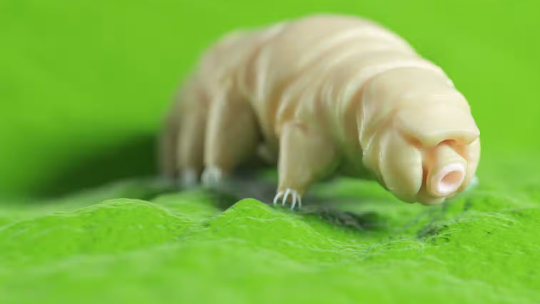
Moss piglets are one of the smallest-known animals with legs. SciePro/Shutterstock
Ancient ancestors
Mosses, along with liverworts and hornworts, are part of a group of plants known as bryophytes. These evolved more than 400 million years ago and still share many characteristics with the first plants to have emerged on to the Earth’s land surfaces – their small size and lack of true roots, for example. And while most plants have a continuous column of water which flows inside them via a xylem and phloem, mosses don’t – just like some of the most ancient plants in Earth’s history.
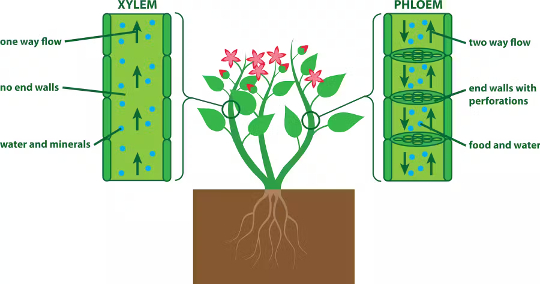
Most plants have a xylem, but not mosses. gstraub/Shutterstock
Instead, these tiny plants have their own conducting systems to move substances around their bodies. They absorb water and nutrients from rainwater and dust deposits across their surfaces. Their hair-like “roots”, known as rhizoids, anchor mosses to the surface they are growing on.
Mosses are almost unparalleled in their ability to survive harsh environments. This makes them excellent for studying the evolution of plants, much of which occurred during challenging conditions on Earth.
The study of modern mosses’ and other bryophytes’ genetics and physiology has given researchers insights into the adaptations that allowed plants to transition from water to land – for example, the formation of partnerships with fungi to access soil nutrients. Their incredible resistance to environmental stress such as drought and UV radiation was also crucial to their ability to evolve on land.
One of the most critical features of land mosses is their desiccation tolerance, which is the ability to survive near-complete drying out. When water is scarce, mosses can enter a state of suspended animation where they greatly reduce their metabolic activity, allowing them to survive until conditions improve. Some species, such the desert moss Syntrichia caninervis, can survive a hundred years in this dormant state and revive within hours of rewetting.
Studying the mechanisms of this ability in modern plants helps scientists understand how ancient plants might have adapted to land. It is possible that studying desiccation tolerance in mosses could help scientists discover new ways to protect crops from extreme drought in the future.
These little plants are also entwined with human history. From exploiting the antiseptic properties of moss for wound healing to using broom moss (Dicranium scoparium) for relief of constipation, mosses have played a substantial role in relieving human suffering.
So, perhaps we should think twice before raking out mosses from the lawn. Instead, take a moment to consider the natural beauty of their delicate green tendrils – and their history as some of the most intrepid explorers in Earth’s history.![]()
About The Authors
Katie Field, Professor in Plant-Soil Processes, University of Sheffield and Silvia Pressel, Senior Researcher Lead in Life Sciences, Natural History Museum
This article is republished from The Conversation under a Creative Commons license. Read the original article.
Books on The Environment from Amazon's Best Sellers list
"Silent Spring"
by Rachel Carson
This classic book is a landmark in the history of environmentalism, drawing attention to the harmful effects of pesticides and their impact on the natural world. Carson's work helped to inspire the modern environmental movement and remains relevant today, as we continue to grapple with the challenges of environmental health.
Click for more info or to order
"The Uninhabitable Earth: Life After Warming"
by David Wallace-Wells
In this book, David Wallace-Wells offers a stark warning about the devastating effects of climate change and the urgent need to address this global crisis. The book draws on scientific research and real-world examples to provide a sobering look at the future we face if we fail to take action.
Click for more info or to order
"The Hidden Life of Trees: What They Feel, How They Communicate?Discoveries from A Secret World"
by Peter Wohlleben
In this book, Peter Wohlleben explores the fascinating world of trees and their role in the ecosystem. The book draws on scientific research and Wohlleben's own experiences as a forester to offer insights into the complex ways that trees interact with one another and the natural world.
Click for more info or to order
"Our House Is on Fire: Scenes of a Family and a Planet in Crisis"
by Greta Thunberg, Svante Thunberg, and Malena Ernman
In this book, climate activist Greta Thunberg and her family offer a personal account of their journey to raise awareness about the urgent need to address climate change. The book provides a powerful and moving account of the challenges we face and the need for action.
Click for more info or to order
"The Sixth Extinction: An Unnatural History"
by Elizabeth Kolbert
In this book, Elizabeth Kolbert explores the ongoing mass extinction of species caused by human activity, drawing on scientific research and real-world examples to provide a sobering look at the impact of human activity on the natural world. The book offers a compelling call to action to protect the diversity of life on Earth.




















